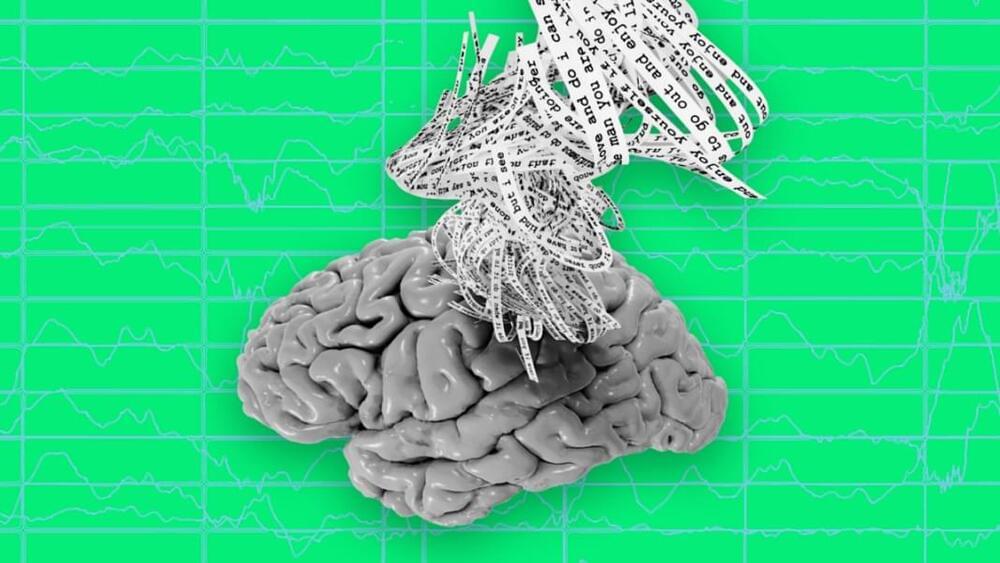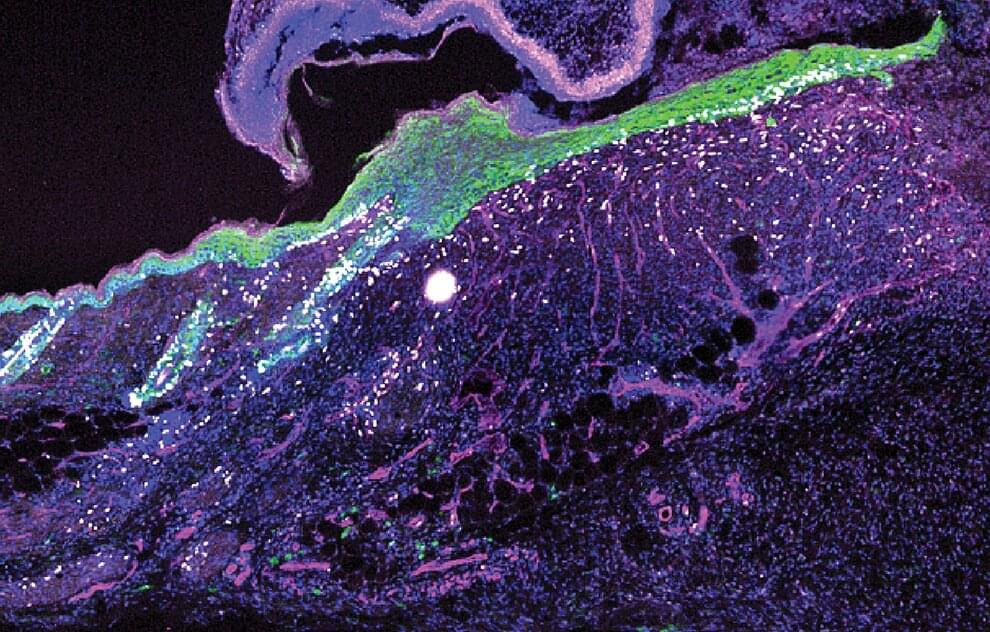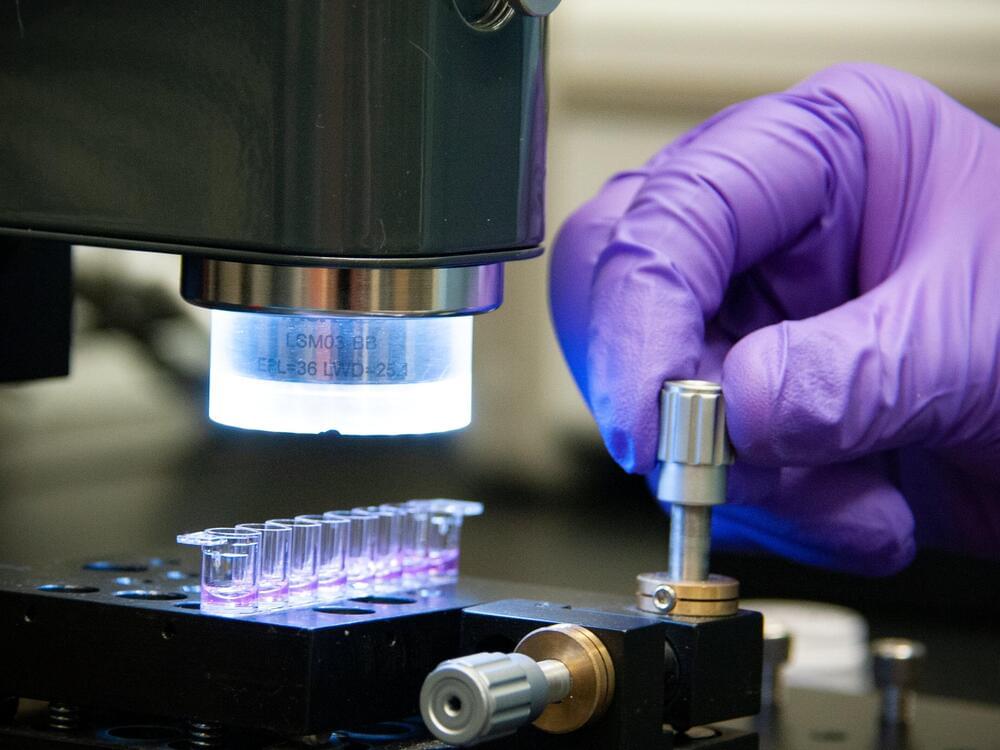Virgin hair refers to hair that grows back after chemotherapy and may differ in color, curliness, or texture. Learn how to care for your new style.



A new algorithm developed by Chinese company Baidu Research is dramatically faster than prior methods and shown to boost the antibody response of mRNA vaccines by up to 128 times.
Baidu Research is the research arm of Baidu, one of the largest technology companies in China. Established in 2014, it has since then been involved in various research activities such as natural language processing (NLP), machine learning, computer vision, robotics, and other areas of artificial intelligence.

Language and speech are how we express our inner thoughts. But neuroscientists just bypassed the need for audible speech, at least in the lab. Instead, they directly tapped into the biological machine that generates language and ideas: the brain.
Using brain scans and a hefty dose of machine learning, a team from the University of Texas at Austin developed a “language decoder” that captures the gist of what a person hears based on their brain activation patterns alone. Far from a one-trick pony, the decoder can also translate imagined speech, and even generate descriptive subtitles for silent movies using neural activity.
Here’s the kicker: the method doesn’t require surgery. Rather than relying on implanted electrodes, which listen in on electrical bursts directly from neurons, the neurotechnology uses functional magnetic resonance imaging (fMRI), a completely non-invasive procedure, to generate brain maps that correspond to language.
Glioblastoma is one of the most common and aggressive forms of brain cancer, and it’s one of the hardest to treat. There may be good news on the horizon, however.
A newly developed hydrogel, tested on mice, cleaned up traces of glioblastoma tumors and stopped them from returning. The hydrogel was so effective that there was a “striking” 100 percent survival rate in the animals.
Although we can’t be sure that the same treatments will achieve that level of success in humans, it’s a hugely promising new approach.

HOUSTON (AP) — Fire erupted at a petrochemical plant in the Houston area Friday, sending nine workers to a hospital and causing a huge plume of smoke visible for miles.
Emergency responders were called to help around 3 p.m. at the Shell facility in Deer Park, a suburb east of Houston. The city of Deer Park said in an advisory that there was no shelter-in-place order for residents.
Harris County Sheriff Ed Gonzalez said earlier in the day that five contracted employees were hospitalized for precautionary reasons, adding that they were not burned. He said they were taken to a hospital due to heat exhaustion and proximity to the fire.

A new study published in Human Brain Mapping revealed that long-term musical training can modify the connectivity networks in the brain’s white matter.
Previous research has shown that intense musical training induces structural neuroplasticity in different brain regions. However, previous studies mainly investigated brain changes in instrumental musicians, and little is known about how structural connectivity in non-instrumental musicians is affected by long-term training.
To examine how the connections between different parts of the brain might be affected by long-term vocal training, the researchers of the study used graph theory and diffusion-weighted images. Graph theory is a mathematical framework used to study the networks’ architecture in the human brain, while diffusion-weighted imaging is an MRI technique that measures the diffusion of water molecules in tissues, providing information on the structural connectivity of the brain.


It’s a dangerous world out there. From bacteria and viruses to accidents and injuries, threats surround us all the time. And nothing protects us more steadfastly than our skin. The barrier between inside and out, the body’s largest organ is also its most seamless defense.
And yet the skin is not invincible. It suffers daily the slings and arrows of outrageous fortune, and it tries to keep us safe by sensing and responding to these harms. A primary method is the detection of a pathogen, which kicks the immune system into action. But new research from the lab of Rockefeller’s Elaine Fuchs, published in Cell, reveals an alternative protective mechanism that responds to injury signals in wounded tissue—including low oxygen levels from blood vessel disruption and scab formation—and it doesn’t need an infection to get into gear.
The study is the first to identify a damage response pathway that is distinct from but parallel to the classical pathway triggered by pathogens.
Accelerating Breakthroughs in Critical and Emerging Technologies — Dr. Erwin Gianchandani, Ph.D. — Assistant Director for Technology, Innovation and Partnerships, U.S. National Science Foundation (NSF)
Dr. Erwin Gianchandani, Ph.D. is Assistant Director for Technology, Innovation and Partnerships, U.S. National Science Foundation, leading the newly established TIP Directorate (https://new.nsf.gov/tip/leadership).
The TIP Directorate is focused on harnessing the nation’s vast and diverse talent pool to advance critical and emerging technologies, addressing pressing societal and economic challenges, and accelerating the translation of research results from lab to market and society, ultimately improving U.S. competitiveness, growing the U.S. economy and training a diverse workforce for future, high-wage jobs.
Prior to becoming the Assistant Director for TIP, Dr. Gianchandani served as the senior advisor for Translation, Innovation and Partnerships, where he helped develop plans for the new TIP Directorate in collaboration with colleagues at NSF, other government agencies, industry, and academia.
During the previous six years, Dr. Gianchandani was the NSF deputy assistant director for Computer and Information Science and Engineering (CISE), twice serving as acting assistant director. His leadership and management of CISE included the formulation and implementation of the directorate’s $1 billion annual budget, strategic and human capital planning, and oversight of day-to-day operations for a team of over 130.

Engineering organs to replace damaged hearts or kidneys in the human body may seem like something out of a sci-fi movie, but the building blocks for this technology are already in place. In the burgeoning field of tissue engineering, live cells grow in artificial scaffolds to form biological tissue. But to evaluate how successfully the cells develop into tissue, researchers need a reliable method to monitor the cells as they move and multiply.
Now, scientists at the National Institute of Standards and Technology (NIST), the U.S Food and Drug Administration (FDA) and the National Institutes of Health (NIH) have developed a noninvasive method to count the live cells in a three-dimensional (3D) scaffold. The real-time technique images millimeter-scale regions to assess the viability of the cells and how the cells are distributed within the scaffold—an important capability for researchers who manufacture complex biological tissues from simple materials such as living cells.
Their findings have been published in the Journal of Biomedical Materials Research Part A.